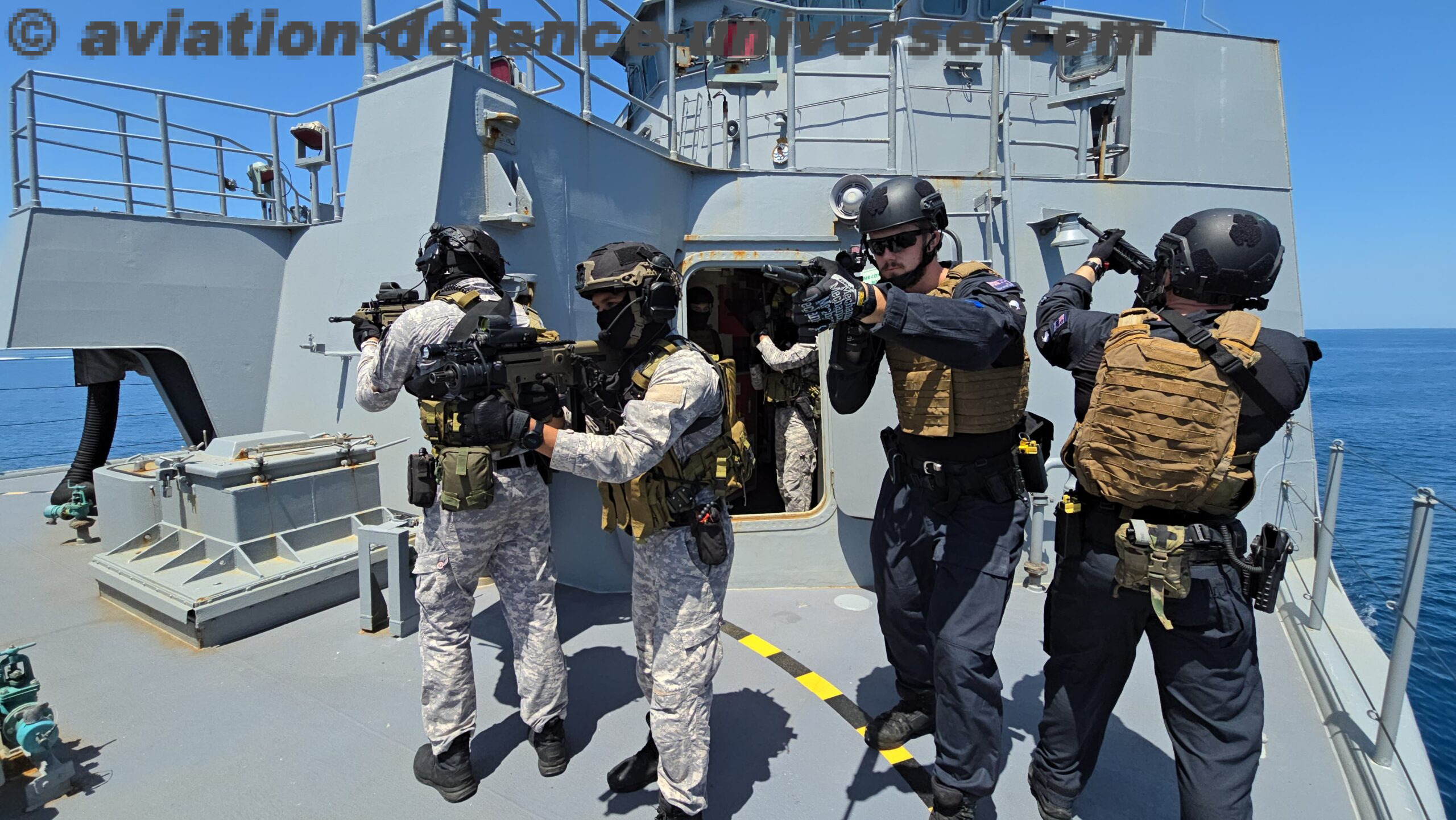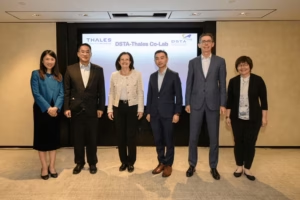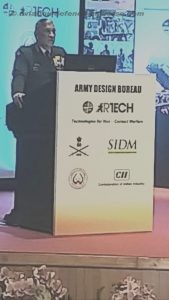
New Delhi . 23 December 2019. Gen Bipin Rawat, Chief of the Army Staff stated that “necessity is no longer the mother of invention; it is innovations and inventions that are driving our concepts. The Indian Army will always remain at the forefront of technological embrace”. He was speaking at the Army Technology Seminar (ARTECH) with the theme ‘Technologies for Non – Contact Warfare’ organised jointly by the Army Design Bureau (ADB), Indian Army , Confederation of Indian Industry (CII) and the Society of Indian Defence Manufacturers (SIDM).
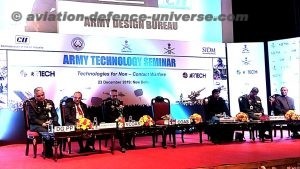
He apprised the audience that through the Compendium of Problem Statements released by the Indian Army, the Industry has helped in overcoming many problems through its technical insight. He assured the Industry that the Indian Army is doing its part by infusing funds to the Technology Development Fund (TDF) through the ADB and went on to comment that future wars will be won with Indian solutions.
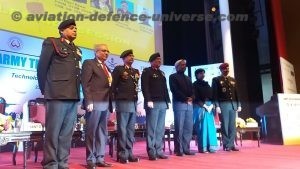
The seminar was spread over four sessions. The first session was on the employment of Non-Contact warfare as a means towards achieving our military objectives. The technology session took a deep drive into critical technologies of non-contact warfare and there was a dedicated pitching session for new innovative solutions by Startups.
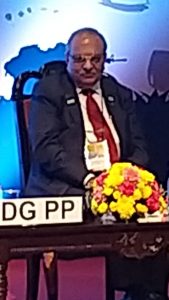
Jayant D Patil, President, SIDM complimented the Indian Army for initiating the first Services-Industry Interaction, back in 1995. He remarked that today, the systems in place are more interactive than they were in the past. He stressed on the need for the Government to incentivize R&D in Defence for the private industry as it is only the Government which can fuel technology advancement.
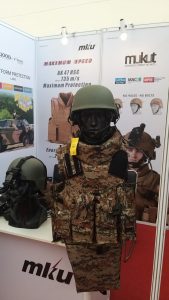
An exhibition was held concurrently focusing on Counter UAV, Load Carrying Drones, Artificial Intelligence, Unmanned Equipment, Augmented Reality, Virtual Reality and Simulator to enable Industry, Start-ups, Academia & R&D Organisations to showcase their products / equipment’s to the end users.
With an aim to identify research projects of the Academia that could be potentially commercialised by the defence industry, SIDM took upon itself to produce a compilation of Research Projects by Academia in the defence sector. In this compilation, an effort has been introduced to also highlight dual benefits accruing, if any, out of the project for the civil society too. In the first edition, 188 projects have been listed for the benefit of the Indian defence industry.
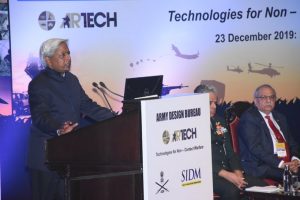
Prof K Vijay Raghavan, Principal Scientific Advisor to the Government of India, lauded the ADB for defining the Army’s requirement by way of Compendium of Problem Statements. He urged the Indian Army to take a leap and also spell out its speculative needs for the Industry to capitalize. He dwelt that there is a need for deeper collaboration between all stakeholders in the system to have an effective integrated structure between academia, Industry and the forces.
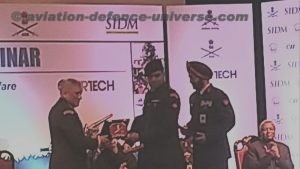
The COAS felicitated the Innovators/Achievers from industry, academia and the services with the ‘ADB Awards of Excellence’. Four innovations were awarded which included the Sarvatra Kawach a whole body bullet proof armour made by Corps of Engineers of Indian Army.
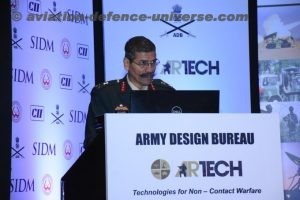
Lt Gen SS Hasabnis, Deputy Chief of Army Staff, in his inaugural address, highlighted that ARTECH has provided a platform for insights and perspectives for future warfare technologies.
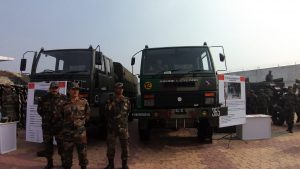
He mentioned that through the previous volumes of ADB’s problem statements, the industry has provided 136 solutions out of the 150 problems and added that the ADB has interacted with 1500 industries and 200 startups to understand their capabilities.
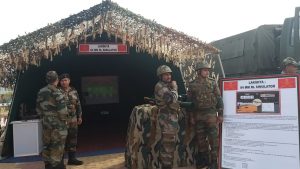
The Compendium of Problem Statements/Innovations was released by Gen Bipin Rawat COAS, during the plenary session. The Compendium illustrates Indian Army’s problem statements that the Industry can provide solutions to.
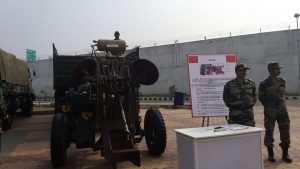
Former IT Secretary, Ms. Aruna Sundararajan, speaking at the Plenary session, stressed upon not just emulating best practices but taking the lead on such practices. She held that ARTECH was not just an event, but a key milestone in creating a robust security architecture in the country.
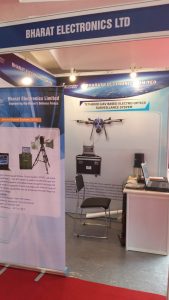
An exhibition, inaugurated by the COAS, showcasing industry capabilities and Service innovations was also held alongside the seminar. As India’s economy expands and India’s economic interests grow, it is but expected that the requirements for the defence sector to meet the Army’s modernisation challenges would increase too. It is therefore vital that the defence sector stays abreast with the requirements of the military and remains well poised to deliver at all times.
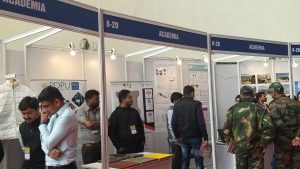
The Army Design Bureau provides an institutionalized interface between the Army, Industry and Academia to share each other’s requirements, capabilities and concerns. The compilation of the fourth volume of ‘Problem Statements’ by the Indian Army is a welcome step towards creating indigenous solutions. The Indian defence sector has progressed significantly from development of large multidisciplinary platforms to indigenization of assemblies and components, the defence industry has shown the capability to address the full spectrum of R&D and manufacturing requirements of the Armed Forces.
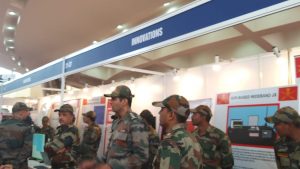
The Indian defence industry today is well poised to meet the self-reliance goals of the Indian Armed Forces, other security forces and the Government of India. As our economy expands and India’s economic interests grow, it is but expected that the requirements for the defence sector to meet the Army’s modernisation challenges would increase too.

































